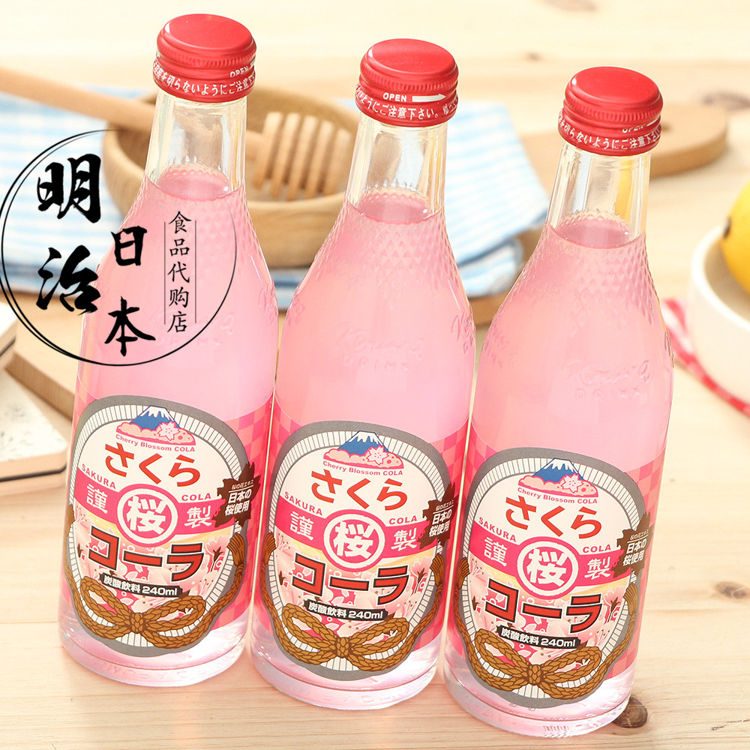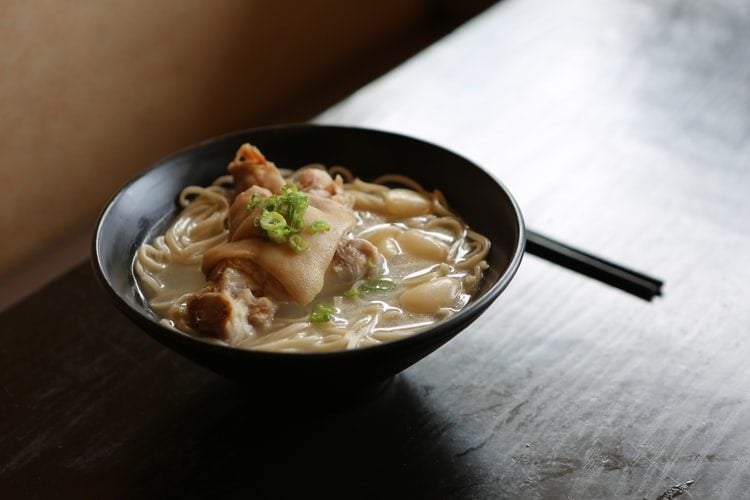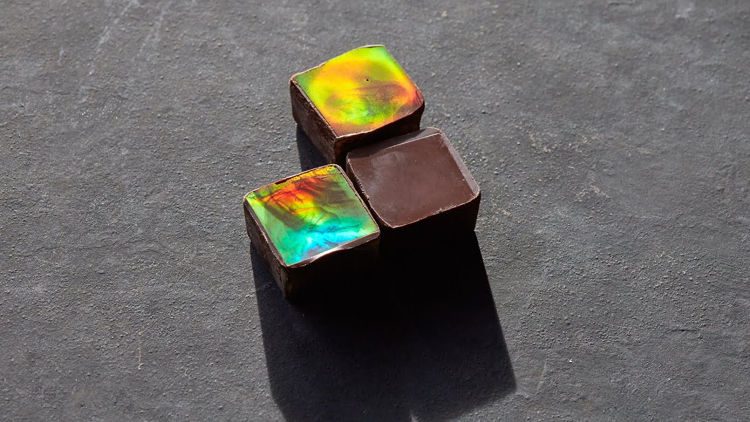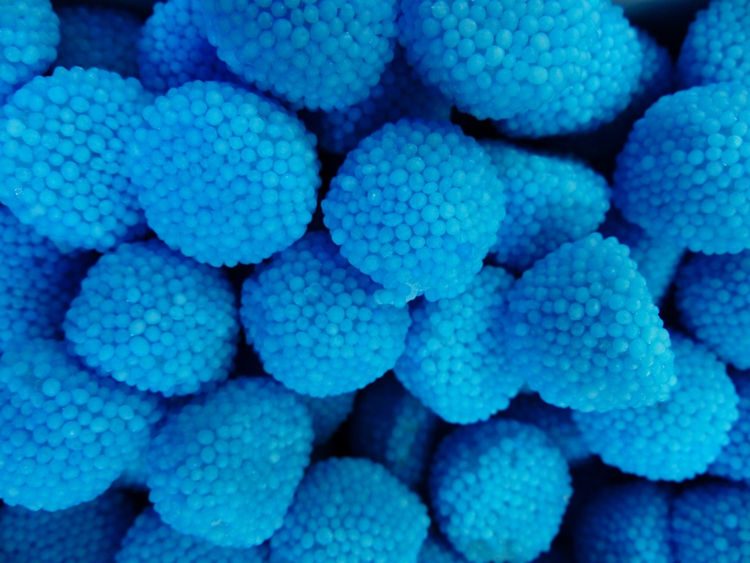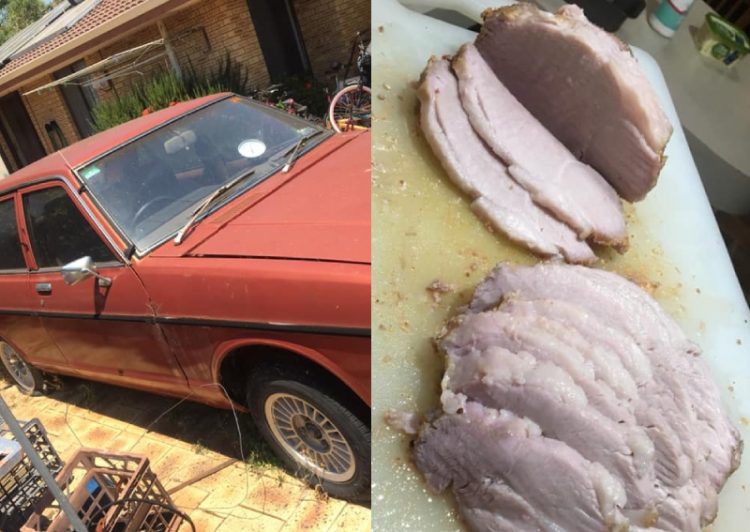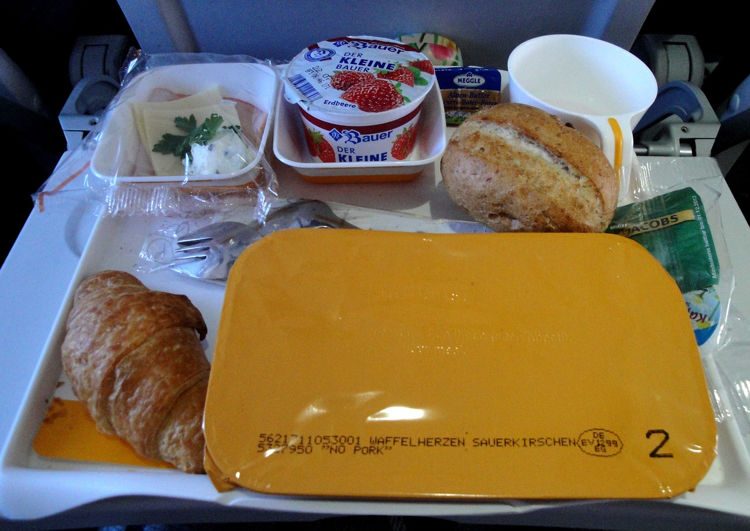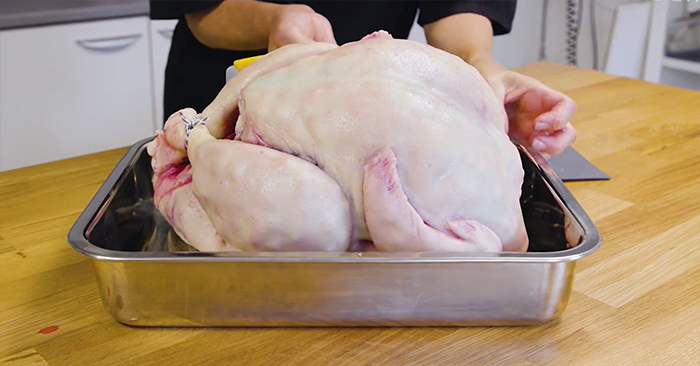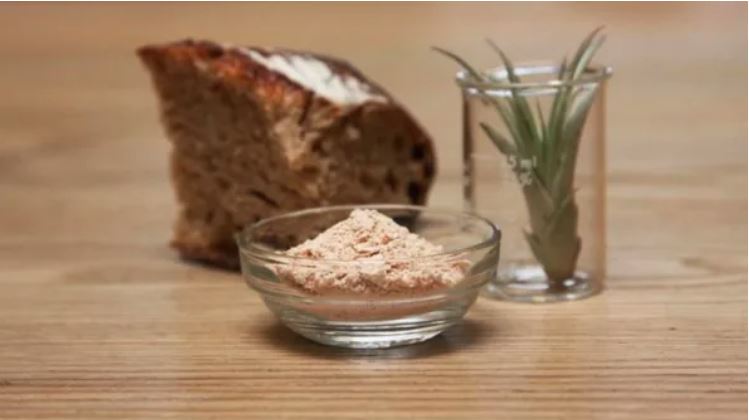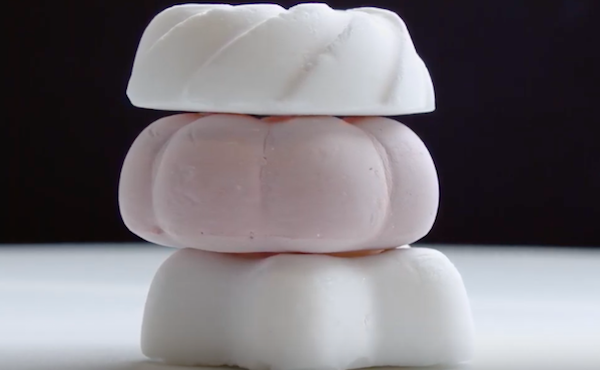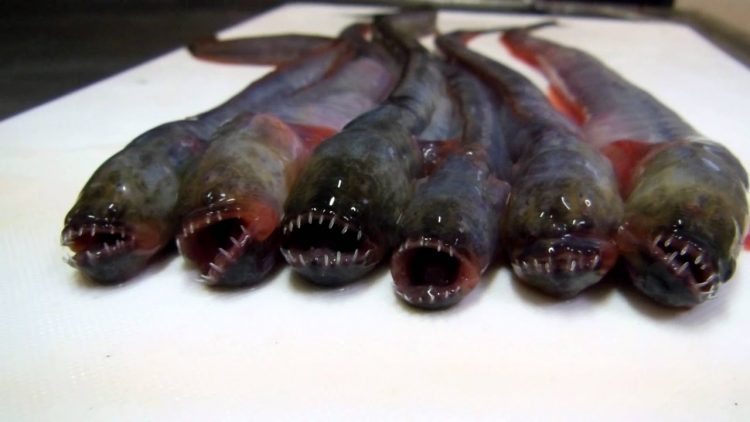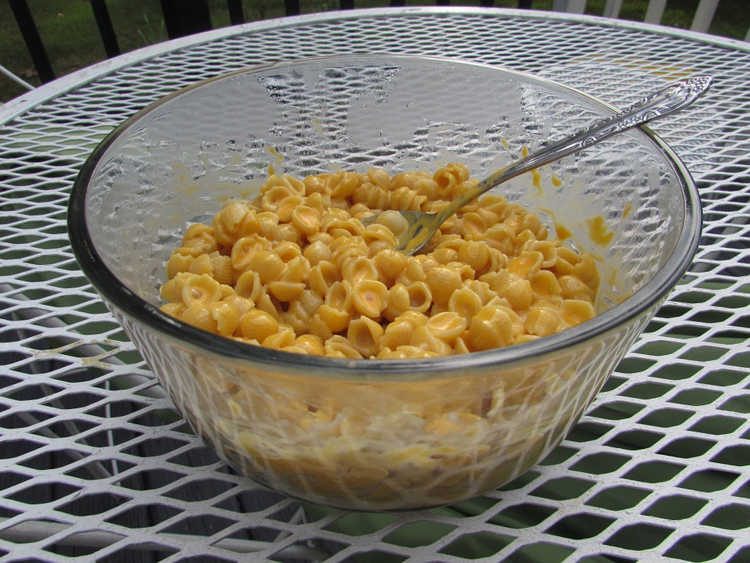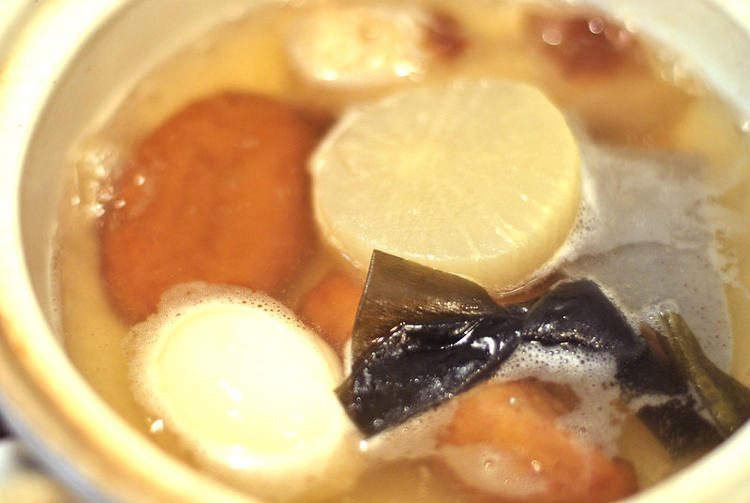The cakes below may look perfect to satisfy your sweet tooth, but they’re actually not desserts at all. They’re made of instant noodles and topped with stuff like chicken gulai (curry stew), opor (coconut milk stew) and rendang (beef simmered in coconut and spices).
The people at Tot Aw (short for totally awesome) bakery in Jakarta, Indonesia have getting a lot of attention lately and it’s all due to their unusual cakes. Instead of sweet sponge and sweet cream and toppings, they are made of Indomie noodles shaped as tiered cakes and topped with all kinds of foods, like meatballs, chicken or salted cuttlefish. The squiggly creations are apparently quite popular at weddings, birthdays and other events.



